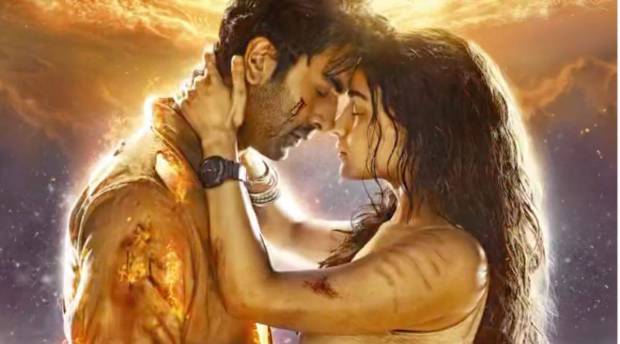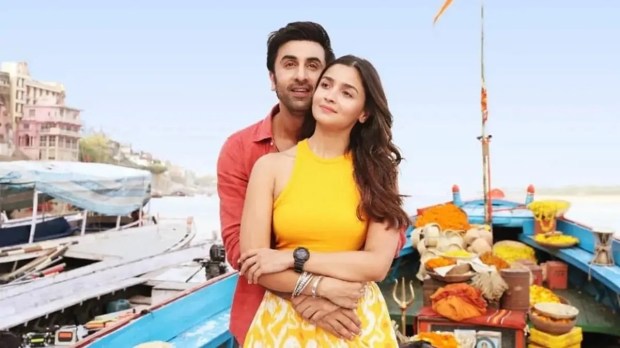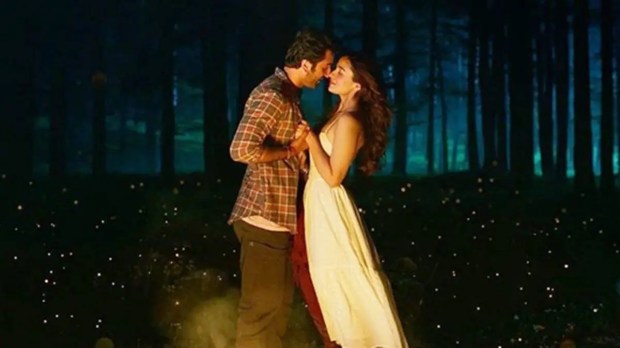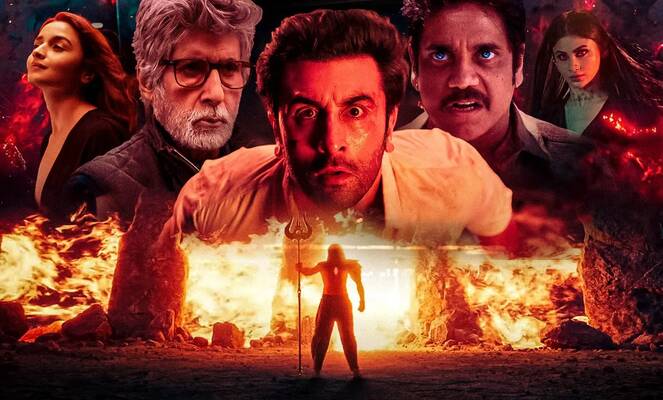Brahmastra Part One: Shiva is a hit at the box office. The film has been receiving appreciation for its visual effects. The audience has been praising the VFX in Alia Bhatt and Ranbir Kapoor’s Brahmastra. The Ayan Mukerji directorial has managed to push the boundaries to bring out a new side of Indian cinema. Namit Malhotra, who heads Prime Focus, the team behind Brahmastra’s VFX, speaks to financialexpress.com’s Eshita Bhargava about the praise, work that went behind bringing out Brahmastra, working with Ayan Mukerji, his upcoming projects, and more. Excerpts from the interview:
How does it feel to know that Brahmastra has received so much appreciation?
It feels heartening to see the fact that all these years of effort and the vision we had set out has been received so positively. While the film has been labeled as the best Indian spectacle experienced so far, I believe we as a group or a filmmaker team have delivered India’s first universe of movies that comes from our ancient history. It is bringing pride and confidence to be able to tell our stories. This gives a gratifying feel.

The VFX looks good, better than what we have watched in Hindi.
From a visual effect standpoint, we ensure every film we make is unique. For Brahmastra, we followed the same ideology. We had to make sure these worlds (of Astras) were being imagined in contemporary reality. We had to bring the whole vision or the energy of the Astra as we would encounter them from our mythology but in a modern-day setting. And that needed a lot of thought and result to ensure what we presented to our audience is seamless. We also had to ensure that there was a wow factor in what we are creating. That is where we spent a lot of time and thought about designing the look and making sure what we present is something that blends in and does not look like a post fit of some cool shot in a story structure which is where sometimes VFX goes off. I think we’ve achieved that.
Also read: Alia Bhatt-Ranbir Kapoor’s Brahmastra releasing on OTT on October 23? Here’s all you need to know
What was the process like? How did you start with the VFX journey for Brahmastra?
The script comes first, then comes the story and the director’s vision. I was able to engage with what Ayan Mukerji was imagining. And then we progressively worked through breaking it down into very specific areas, sequences shots, and debating and aligning on what he was imagining, and how that will translate on screen and we did a lot of artwork. We did a lot of pre-visualization to make sure that everybody was sort of seeing the same thing. Because we were creating something from nothing, we didn’t have references to work with. We were trying to do something original and that meant that we had to start on everything from scratch. And that sort of meant that there were a lot of discussions and a lot of thinking that had to happen collaboratively. VFX wasn’t just used as a post-production tool. It was there like from the beginning, from the inception.

Also read: Brahmastra review: Ayan Mukherji’s Rs 410 crore grand vision ends up becoming a film for kids!
What was the challenge of this being your first real collaboration in India, not just from a VFX perspective but also from a producer’s perspective?
It became pretty clear that we were trying to create something very different for the Indian market. I was always looking for an opportunity but I didn’t want to compromise anything. I wanted to give my best and it feels amazing to know that we’ve achieved that with Brahmastra. While working with Ayan and understanding his vision, one thing that became clear was that this has to be a partnership and we are not vendors or just a VFX company. We all used our creativity to deliver a spectacular experience.
You didn’t charge for the film but became one of the producers. Do you think the film was able to get you a profit?
I don’t think, it’s fair to say that we did not charge. Some costs were incurred along the way that had to be paid and that’s something that all departments sort of had to put in as part of the overall spending. That being said, it’s a three-part film and the outcome cannot be ascertained with one release.
If we talk about business, then I can say that if we did not fully earn massive profits, it’s not that we’ve lost money either.

You have been associated with RRR and Brahmastra, and you’ve talked about doing The Ramayana as well. What kind of a role do you think VFX plays in mythological films and their world-building?
VFX is an alternative tool in the hands of a filmmaker to tell their stories. And when you talk about films like RRR or Ramayana, there’s an aspect of the vision that directors have that needed to rely on these tools to tell stories in a way that excites and brings credibility to what is being told. So, VFX is an integral part of the storytelling narrative. I believe the future of filmmaking is to use VFX to the best potential. It’s an integral tool in the hands of filmmakers who want to tell their friends.
What else is in store for us?
Storytelling Central. It’s just getting started. It’s been a long journey to get here. But I’m very comfortable with the notion that the future of filmmaking in India is going to transcend the use of technology in a way that has been used pretty comfortably in the West. I think Indian filmmakers will be doing the same. It is going to lead to lots of fantastic stories and lots of great filmmakers in India, who can now bring their massive vision to life, which I don’t think was something that was available or was used as much. That’s going to be incredibly exciting for our audiences because there are a lot of stories to tell and record dutifully.


